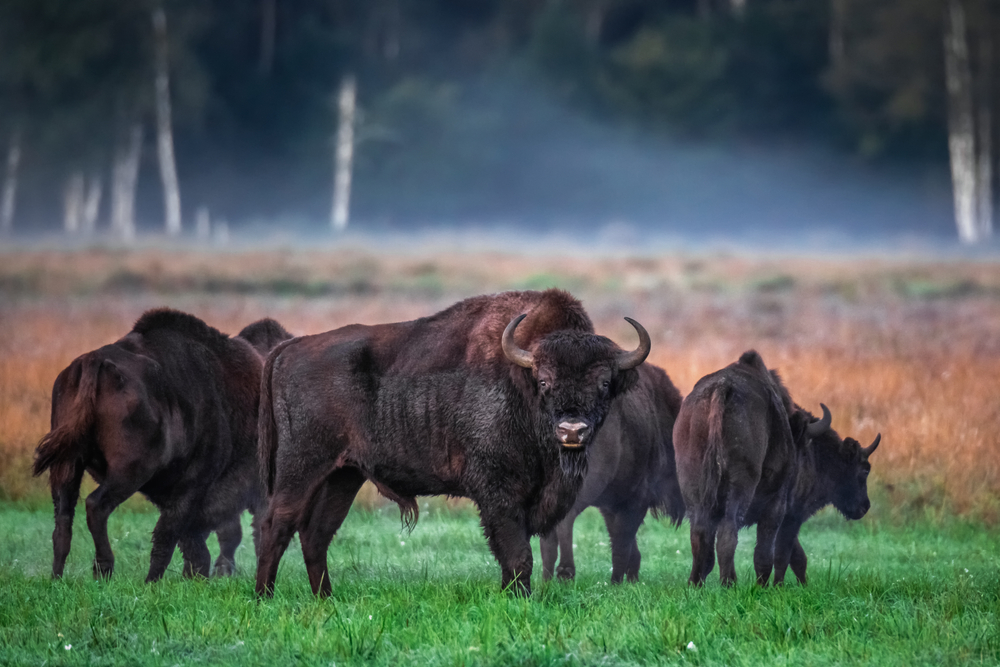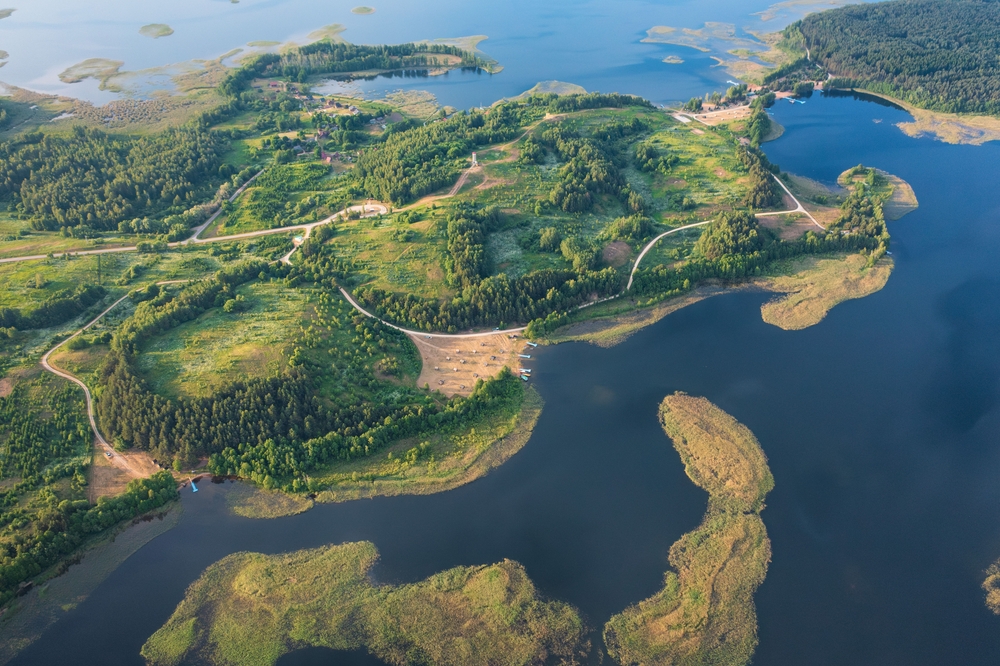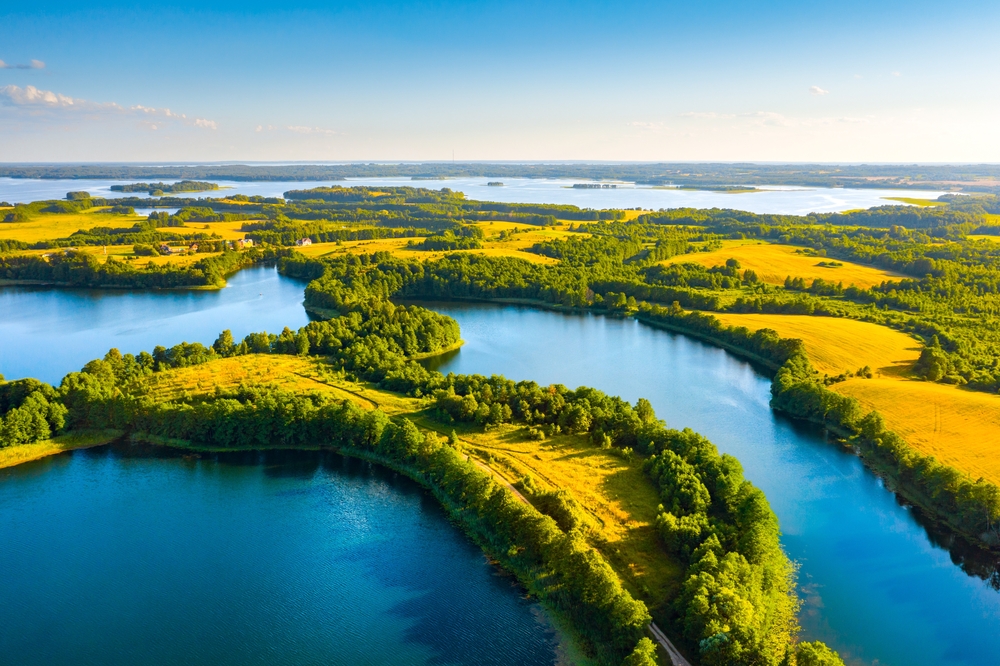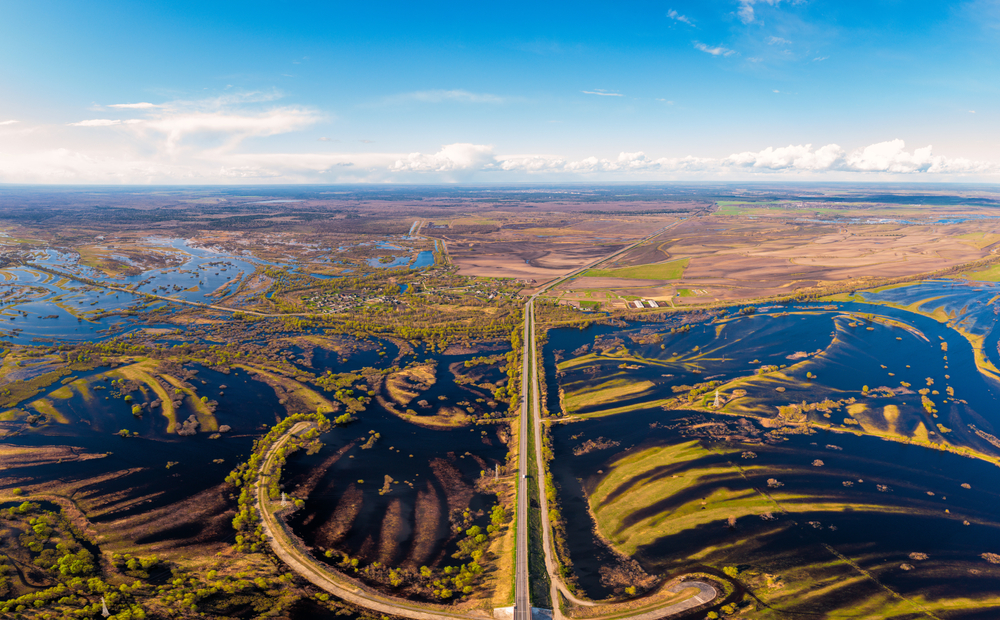Belarus, a country characterized by its vast forests, wetlands, and diverse wildlife, is home to several national parks that highlight its rich natural heritage. These parks offer a variety of landscapes, from ancient woodlands to expansive marshes, providing visitors with a chance to explore the country’s unique ecosystems and scenic beauty.
Belovezhskaya Pushcha National Park is perhaps the most famous of Belarus’s parks, located on the border with Poland. Covering approximately 1,500 square kilometers, it is one of the last and largest remnants of the primeval forest that once stretched across Europe. This UNESCO World Heritage site is home to the European bison, the continent’s heaviest land animal, and hosts a variety of other wildlife, including wolves, lynx, and over 250 bird species. Visitors can explore the park through guided tours, cycling paths, and nature trails, immersing themselves in its ancient woodlands and rich biodiversity.
Narachanski National Park, situated around Lake Narach, the largest lake in Belarus, covers an area of about 87,000 hectares. The park is known for its picturesque landscapes, featuring a mosaic of lakes, pine forests, and wetlands. It is a popular destination for water sports, birdwatching, and fishing. The park’s diverse habitats support a wide array of flora and fauna, including rare plant species and numerous birds, making it an ideal spot for nature enthusiasts.
Braslav Lakes National Park, located in the northwest of the country, encompasses an area of around 70,000 hectares and includes more than 30 glacial lakes. The park is renowned for its scenic beauty, with rolling hills, clear blue lakes, and lush forests. Visitors can enjoy boating, hiking, and camping while exploring the park’s natural wonders. The lakes are home to a variety of fish species, and the surrounding forests provide habitat for animals like deer, foxes, and a multitude of bird species.
Pripyatsky National Park, found in the southern part of Belarus, covers an area of approximately 60,000 hectares and is part of the vast Pripyat River floodplain. The park is a haven for birdwatchers, as it is located along a major migratory route and hosts a diverse array of waterfowl and wading birds. The landscape is characterized by extensive wetlands, riverine forests, and meandering waterways. Visitors can explore the park by boat or on foot, experiencing the tranquility and rich biodiversity of this unique ecosystem.
Bialowieza Forest National Park is a Polish national park which extends into Belarus from Poland. It is a UNESCO World Heritage site and a biosphere reserve. This park is known for its old-growth forest, a remnant of the primeval woodlands that once covered much of Europe. It is a sanctuary for the European bison and a variety of other wildlife. The park offers guided tours and educational programs, allowing visitors to learn about its ecological significance and the conservation efforts aimed at preserving its natural heritage.
Belarus’s national parks are vital for protecting the country’s natural landscapes and biodiversity. They provide diverse eco-tourism opportunities, inviting visitors to discover the serene beauty and rich wildlife that make Belarus a remarkable destination for nature lovers.














































































